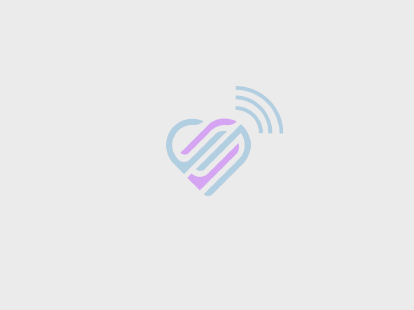Retapamulin
Class: Antibacterials
Chemical Name: (3aS,4R,5S,6S,8R,9R,9aR,10R)-6-ethenyldecahydro-5-hydroxy-4,6,9,10-tetramethyl-1-oxo-3a,9-propano-3aH-cyclopentacycloocten-8-yl-[[(3exo)-8-methyl-8-azabicyclo[3.2.1]oct-3-yl]thio] acetic acid ester
Molecular Formula: C30H47NO4S
CAS Number: 224452-66-8
Brands: Altabax
Introduction
Antibacterial; pleuromutilin antibiotic.
Uses for Retapamulin
Impetigo
Topical treatment of impetigo caused by Staphylococcus aureus (oxacillin-susceptible [methicillin-susceptible] isolates only) or Streptococcus pyogenes (group A β-hemolytic streptococci; GAS).
Although impetigo may be self-limiting, anti-infective treatment usually indicated to reduce duration of symptoms and prevent recurrence or transmission to others. Empiric treatment with an appropriate narrow-spectrum anti-infective generally used for initial treatment and considered reasonable for typical cases. Some clinicians suggest in vitro testing (i.e., Gram stain and culture of pus or exudates from skin lesions) to identify causative organism and confirm in vitro susceptibility, especially if impetigo is extensive and/or failed to respond to initial empiric treatment.
Nonbullous and bullous impetigo have been treated with topical and/or systemic anti-infective therapy. Although comparative efficacy of various regimens not established in well-controlled clinical trials, topical anti-infectives generally used for less extensive disease and systemic anti-infectives generally recommended if impetigo is severe or involves numerous lesions or if an outbreak is affecting multiple individuals (e.g., family members, childcare groups, athletic teams).
When empiric treatment used, select appropriate narrow-spectrum anti-infective based on local patterns of resistance reported for S. aureus and S. pyogenes.
Retapamulin Dosage and Administration
Administration
Topical Administration
Apply topically to the skin as a 1% ointment.
Do not apply to eyes or mucous membranes; do not administer orally, intranasally, or intravaginally.
Apply thin layer of ointment to affected area. May be applied to a maximum total treatment area of 100 cm2 in adults or a maximum of 2% of total body surface area (≤100 cm2) in pediatric patients 9 months of age or older.
Treated area may be covered with sterile bandage or gauze dressing, if desired. Such coverings may protect treated area and prevent accidental transfer of ointment to eyes or other areas and may prevent infants and young children from accidentally touching or licking lesion site.
Wash hands after applying the ointment, unless the hands are being treated.
Dosage
Pediatric Patients
Skin Infections
Impetigo
TopicalChildren ≥9 months of age: Apply thin layer of 1% ointment to affected area twice daily for 5 days.
Adults
Skin Infections
Impetigo
TopicalApply thin layer of 1% ointment to affected area t



